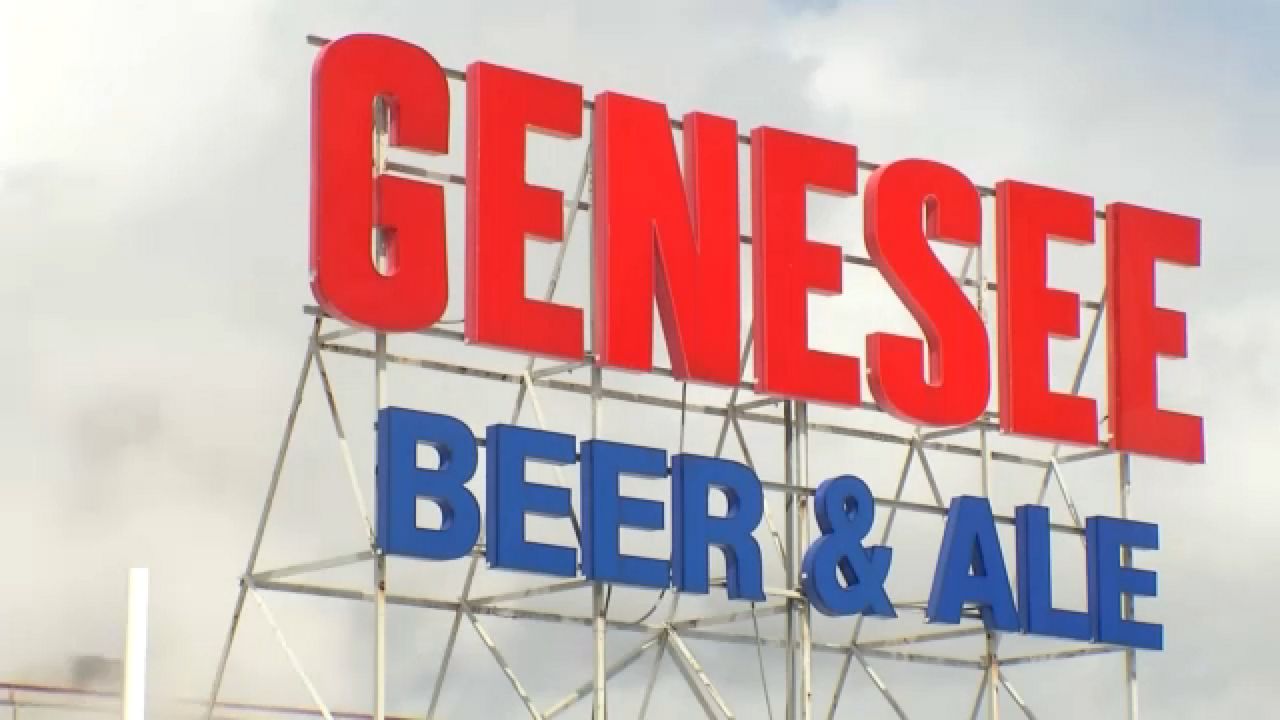ROCHESTER, N.Y. — It’s been four years since the legalization of marijuana was signed into law. But it took even more time for the law to go into effect. Some prospective business owners across the state jumped at the opportunity to work with the Office of Cannabis Management (OCM) and grown exponentially ever since.
“There's a lot of hurdles, once you get open and even to get open is like the biggest hurdle of all. It took us almost two years to get our doors open to the public,” Ryan Martin, the owner of M.J. Dispensary, explained. “The community's response has been unbelievable. I mean, we are seeing like 15,000 customers a month now, which is absolutely amazing.”
M.J. Dispensary was the first legal dispensary in Rochester, and the 24th in the state. Still new to New Yorkers, Martin says customers are often curious when they arrive at the shop.
“This is a new business. It's like back when alcohol was being legalized. It's totally new. People have questions and comments and, we want to be the ones to explain it to them in the right way,” Martin said.
The business has used unique marketing techniques to bring new customers through their doors.
“We have pamphlets that we can set in hotels or bars where people are over 21 more or less, or at least, the 70% that they're looking for, and people can grab our little pamphlet there [and] read it over,” he said. “Lamar has reached out to us and said that they have talked to the OCM and that we can do business with them. So, we try to explore it a little bit and, let the public know that there's CBD and cannabis in their town.”
Lamar is the leading billboard provider for businesses in Rochester. For the past several months, M.J. Dispensary has been able to take advantage of marketing on billboards.
“On the road, most people are adults driving on the road. That's why I feel that it's a little bit more copasetic. Maybe for you to be on the roads versus in, like, a mall, per se,” Martin explained. “We try to keep them very simple.”
The OCM is all in and says it encourages dispensaries to use new ways to bring in customers, as long as businesses are following their design and distribution rules to advertise to the appropriate crowd. Advertising to individuals of age is its priority.
“Our framework is comprehensive, but we have very clear rules around the types of packaging you can have, including the nature of the colors that you can use [and] the design patterns. You can use the types of fonts that you can use to ensure that you're not using the sort of kind of bubble fonts or bright neon colors that might be appealing to youth,” John Kagia, OCM’s executive director for market policy, innovation and analytics, said. “What we are very concerned about is around ensuring that these promotional approaches do not target or do not appeal to children, to people who are not years of age.”
Kagia says the office’s guidelines are flexible, as long as the appropriate audience is maintained, but it’s very open-ended for business owners to do with it what they’d like.
“The requirement for advertising on say, radio or television. The current rule says that the audience targeted by that advertising has to be comprised of 90% adults, which would generally limit the targeting to later hours or to media channels that primarily draw adults as consumers,” Kagia said. “We don't want to be so restrictive that it makes it impossible for legal operators to compete effectively against the unregulated market. But it's also critical that we don't have these rules be so expansive that we end up appealing to audience who we should not be accessing these products yet.”
As with similar industries when they were being legalized, like alcohol or tobacco, marketing techniques have come a long way.
“We have watched the evolution of tobacco, warning labels specifically that have gotten much more severe as the public awareness [of] understanding of the impacts of tobacco smoking have become better understood,” Kagia said. “We in New York are in the process of amending some of our rules, including rules around requiring or warning labels that remind adults in New York that while we believe legal cannabis is safer than unregulated cannabis from unknown sources that may contain unknown contaminants it is critically important for our consumers to understand that there can still be risks associated with using cannabis, including increased risks of impairment if you're operating motor vehicles. There's risks to expectant mothers. And we want consumers to be aware of.”
M.J. Dispensary says it also successfully started advertising its business on social media until an account was taken over without solution. It’s started a new account and is putting in more work to rebuild what was lost, to continue bringing in and educating customers throughout the community.
“It's working. Just like any business that's doing those types of things and trying to get their name established in a new industry, in a town, and a new business. You want people to know that you're around. So, yes, it’s definitely helped us,” Martin admitted.












